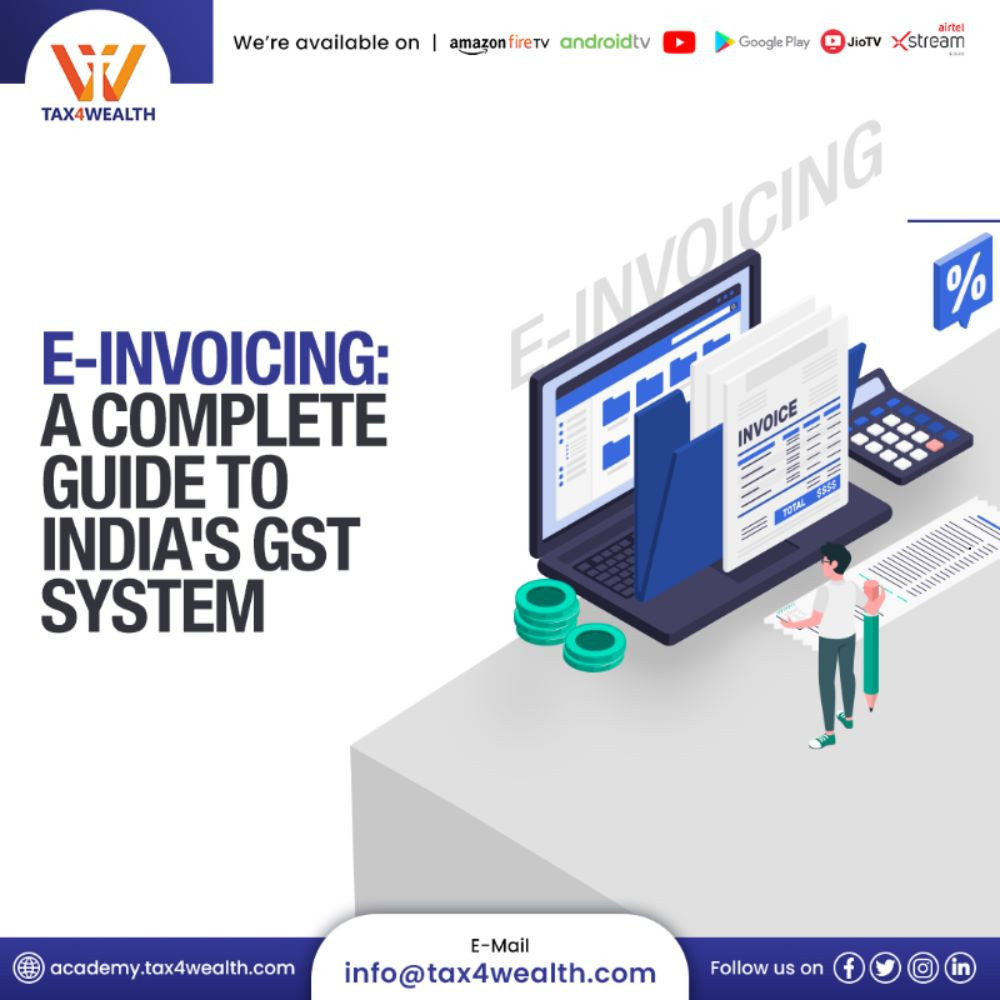
E-Invoicing: A Complete Guide to India's GST System
E-invoicing has become an integral part of India's GST system, bringing about a digital revolution in the way businesses generate and process invoices. This blog aims to provide a complete guide to understanding e-invoicing in the context of India's GST framework.
E-Invoicing under GST is mandatory for businesses with an annual turnover above Rs. 5 Cr from August 1, 2023. Do read this blog, if your annual turnover falls under India’s 6th wave of e-Invoicing. In the 35th meeting of the GST Council held on 21st June 2019, the suggestion of an e-invoicing under GST was coined, which was hence, implemented on October 1, 2020, in a voluntary GST-phased manner for the online generation of B2B e-invoices under GST by the registered person with an annual aggregate turnover of over Rs. 500 Cr.
On January 1, 2021, the e-invoicing turnover limit was reduced to Rs. 100 Cr. This maximum was cut to Rs. 50 crores in April 2021, then to Rs. 20 crores, then to Rs. 10 crores. According to Notification No. 10/2023-Central Tax dated May 10, 2023, the turnover limit for e-invoicing is Rs. 5 Cr. This blog will cover all you need to know for a flawless generation of e-invoicing under GST for all organizations that fall under the current 5 Cr e-invoicing limit.
This comprehensive guide will delve into the intricacies of e-invoicing in India's GST system, exploring its benefits, implementation process, and key features.
Also read; E-Invoice VS IRN: In depth Study and Generation
1. Understanding E-Invoicing:
1. What is E-Invoicing?
- E-invoices are digitally created business-to-business (B2B) invoices that adhere to an e-invoicing format approved by the Goods and Services Tax Network (GSTN) before being uploaded to the GST site.
- The Invoice Registration Portal (IRP) generates a unique Invoice Reference Number (IRN), digital authentication signatures, and a QR code for all invoices after successful authentication. Under GST, this integrated procedure is known as e-invoicing.
2. Who is eligible to generate e-invoices?
- According to the e-invoicing guidelines, e-invoices must be issued by a registered person whose annual turnover exceeds the specified turnover limit, which is currently Rs 10 Cr. These invoices must be for the supply of goods or services, or both, to another registered person (B2B), SEZs, or for exports and deemed exports in any fiscal year from 2017–18 to 2021–22.
- This total turnover cap comprises all GSTINs in India that are associated with a single PAN. In India's upcoming phase of e-Invoicing, the turnover cap will be lowered from Rs. 10 Cr to Rs. 5 Cr.
- All tax invoices, credit notes, and debit notes for taxable business-to-business sales of goods and services, taxable business-to-government sales of goods and services, exports, deemed exports, supplies to SEZ, stock transfers, or supply of services to a specific person, SEZ developers, and supplies under reserve charged under Section 9(3) of the CGST Act are subject to Section 24 of the CGST Act.
2. Key Features of E-Invoicing:
- Unique Invoice Reference Number (IRN): Understanding IRN's significance and generation process.
- Quick Response (QR) Code: Exploring the purpose and benefits of QR codes in e-invoices.
- Digital Signature: Explaining the role of digital signatures in ensuring authenticity and integrity.
- Invoice Registration Portal (IRP): Providing an overview of the IRP and its functions in the e-invoicing process.
- Invoice Schema and Data Structure: Exploring the structured format of e-invoices and its impact on data accuracy and interoperability.
3. E-Invoicing Implementation Process:
- Eligibility Criteria: Determining which businesses are required to comply with e-invoicing regulations.
- Generating E-Invoices: Step-by-step guide on generating e-invoices in the prescribed format.
- Reporting to the Invoice Registration Portal (IRP): Understanding the process of reporting e-invoices to the IRP for validation.
- E-Way Bill Generation: Explaining the integration of e-invoicing with the E-Way Bill system for seamless transportation of goods.
- E-Invoice Cancellation and Amendments: Guidelines for canceling or amending e-invoices when necessary.
4. Benefits of E-Invoicing:
- Streamlined Invoicing Process: Highlighting the efficiency and time-saving benefits of e-invoicing.
- Reduced Errors and Discrepancies: Exploring how e-invoicing minimizes errors and discrepancies in invoicing.
- Enhanced Data Accuracy and Integrity: Discuss how e-invoicing ensures accurate and reliable data for better decision-making.
- Increased Tax Compliance: Demonstrating how e-invoicing promotes tax compliance and reduces tax evasion.
- Improved Business Efficiency: Showcasing the overall positive impact of e-invoicing on business operations and productivity.
5. Challenges and Solutions:
- Technological Challenges: Identifying common technological hurdles and providing solutions to overcome them.
- Vendor Readiness: Discussing the preparedness of vendors and offering tips for successful implementation.
- Interoperability and Standardization: Addressing the need for standardized practices and interoperable systems.
- Data Security and Privacy: Exploring the measures taken to protect sensitive information in e-invoicing.
6. What are the Mandatory Fields in e-invoicing?
The table below provides the details of various fields and their specifications for an e-invoice:
|
Sr. No. |
Name of the Field |
Remarks |
Specifications |
|
E-Invoice Details |
|
|
|
|
|
IRN stands for Invoice Reference Number. |
GSTN generates a unique number once the e-invoice is uploaded to the GSTN site. |
Maximum length: 64 |
|
Transaction Details |
|
|
|
|
|
Code for Supply Type |
The supply kinds are identified using a code. |
An alphabetical list of codes |
|
|
Number of the Document |
A sequential number inside the supplier's company context, period, operating systems, and records. |
Maximum length: 16 |
|
|
Code for Document Type |
Enter the document type here. |
INV/CRN/DBN |
|
|
Date of Document |
The invoice was issued on this date. |
(DD/MM/YYYY) |
|
|
Previous Invoice Number and Date |
Original invoice detail that has been changed by a subsequent document such as a debit and credit note |
Maximum length: 16 |
|
Supplier Details |
|
|
|
|
|
Legal Name of the Supplier |
According to the PAN card, the supplier's legal name. |
Maximum length: 100
|
|
|
GSTIN for the supplier |
GSTIN of the supplier issuing the e-invoice |
Maximum length: 15 Must be alphanumeric. |
|
|
Supplier Address |
Building/Flat No., Road/Street, Locality, and so on |
Maximum length: 100 |
|
|
Supplier Location |
Supplier's city/town/village |
Maximum length: 50 |
|
|
Supplier State Identification Number |
The state must be chosen from the most recent GSTN list. |
Enumerated List |
|
|
Supplier Pin Code |
Supplier's location/district/state |
Code of six digits |
|
Recipient Details |
|
|
|
|
|
Legal Name of the recipient |
The recipient's legal name as it appears on their PAN card |
Maximum length: 100 |
|
|
GSTIN of the recipient |
The recipient's GSTIN |
Maximum length: 15 |
|
|
Address of the Recipient |
The recipient's Building/Flat No., Road/Street, Locality, etc. |
Maximum length: 100 |
|
|
State Code of the Recipient |
The state must be chosen from the most recent GSTN list. |
List of enumerated items |
|
|
State Code For Supply Location |
The state must be chosen from the most recent GSTN list. |
List of enumerated it |
|
|
Pin Code of the Recipient |
Supplier's location/district/state |
Code of six digits |
|
|
Location of the Recipient |
The recipient's city, town, or village |
Maximum length: 100 |
|
Shipping Details |
|
|
|
|
|
GSTIN Shipping |
GSTIN of the customer or person to whom the goods are delivered |
Maximum length: 15 |
|
|
Shipping To State, Pin Code, and State Code are all required. |
Indicate where the invoiced goods and services were or are delivered. |
Maximum length: 100 for the state, 6-digit pin code, and code enumerated list |
|
|
Dispatch From: Name, Address, City, and Postal Code |
Name, as well as the city/town/village from whence the products are shipped |
Maximum length: 100 for each and 6 digits for the Pin Code |
|
|
Service IS |
Whether or not the service provider must be stated |
Length: 1 (by choosing Y/N) |
|
Details of Goods/Services |
|
|
|
|
|
Item Specification |
The item's relevant description in the trade |
Maximum length: 300 |
|
|
HSN Number |
HSN code for goods/services applicable |
Maximum length: 8 |
|
|
Item Cost |
The unit price before deducting the item price reduction, exclusive of GST. |
(12,3) in decimal form |
|
|
Assessable Worth |
The price of an item after deducting the item price discount, excluding GST. |
Decimal (13,2) |
|
|
Rate of GST |
The GST rate is expressed as a percentage that applies to the invoiced item. |
(3,2) in decimal form |
|
|
Values for IGST, CGST, and SGST |
Individual item IGST, CGST, and SGST quantities |
(11,2) is a decimal number. |
|
|
Total Invoice Amount |
The invoice's entire amount with GST |
(11,2) is a decimal number. |
7. Penalties for e-invoicing Defaults?
- In general, Section 48(5) of the CGST Rule imposes two penalties for non-compliance with e-invoicing rules.
- Penalty for failure to issue an e-invoice: 100% of the tax payable or Rs.10,000, whichever is greater.
- Rs.25,000 fine for improper or erroneous e-invoice
8. How to Generate an e-Invoice?
- E-invoice generation: The eE-invoic may be created using any accounting or billing software that adheres to the e-invoicing standard. The taxpayer is not required to create the e-invoice using the government's tax system. The taxpayer may continue to use any accounting software that creates the e-invoice in the specified format with all required information.
- IRN generation: Using a conventional hash-generation process, the provider can produce a unique Invoice Reference Number (IRN). In the lack of an IRN, the government's IRP system will produce one.
- Uploading an e-invoice to the IRP: The next step is to upload the JSON file for each B2B e-invoice, as well as the IRN, to the Invoice Registration Portal (IRP).
- IRP validation: To minimize duplications, the IRP will check the attached JSON or IRN and authenticate the file using the GST central registry. This IRN will be the unique identification of the e-invoice for the remainder of the fiscal year.
- QR code generation: After the e-invoice has been successfully verified, the invoice will be updated with the IRP's digital signatures and a QR code will be added to the file.
- Transmission of data to the E-Way Bill Portal and the GST System: The uploaded data will be auto-populated into the GST Annexure and shared with the e-way bill and the GST system.
- E-invoice receipt: Finally, the seller and buyer will get the digitally signed JSON file, along with the IRN and QR code, via their registered email addresses.
9. Conclusion:
E-invoicing has emerged as a game-changer in India's GST system, simplifying the invoicing process and promoting tax compliance. This comprehensive guide equips readers with the knowledge and understanding required to navigate the e-invoicing landscape in India. By embracing e-invoicing, businesses can optimize their invoicing processes, reduce errors, enhance data accuracy, and ensure compliance with GST regulations, ultimately driving efficiency and success in the GST era.
For more information, Visit us at: https://academy.tax4wealth.com/



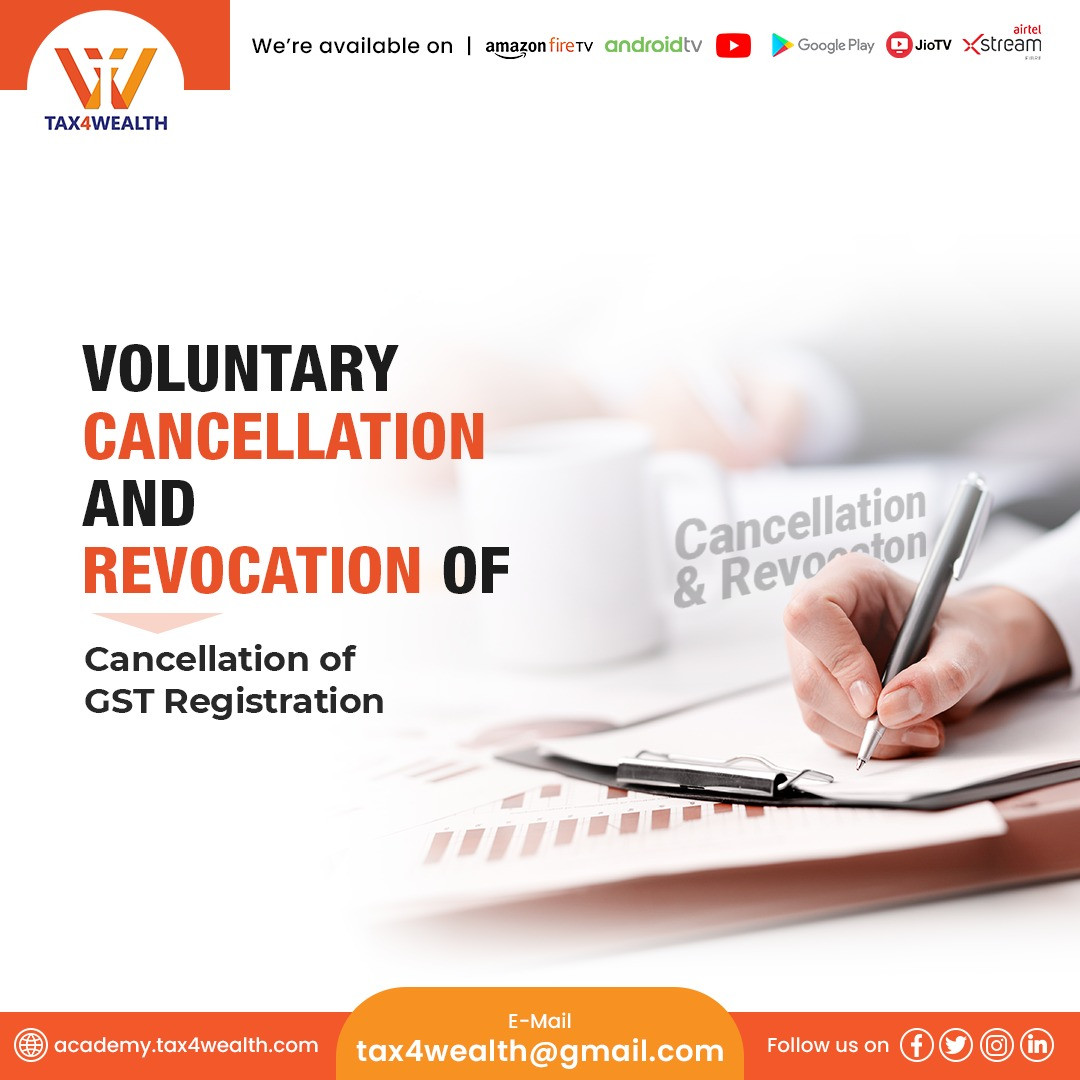
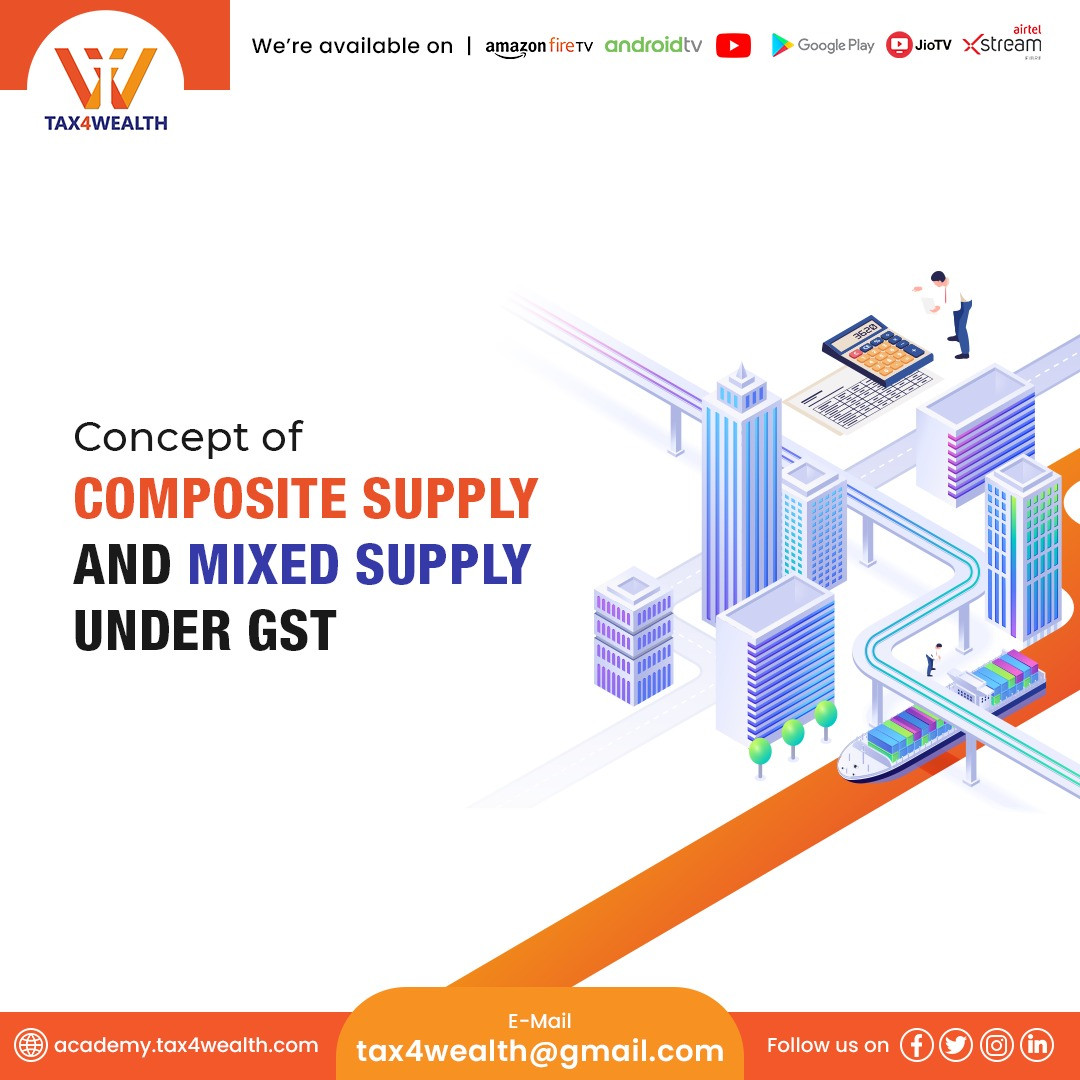
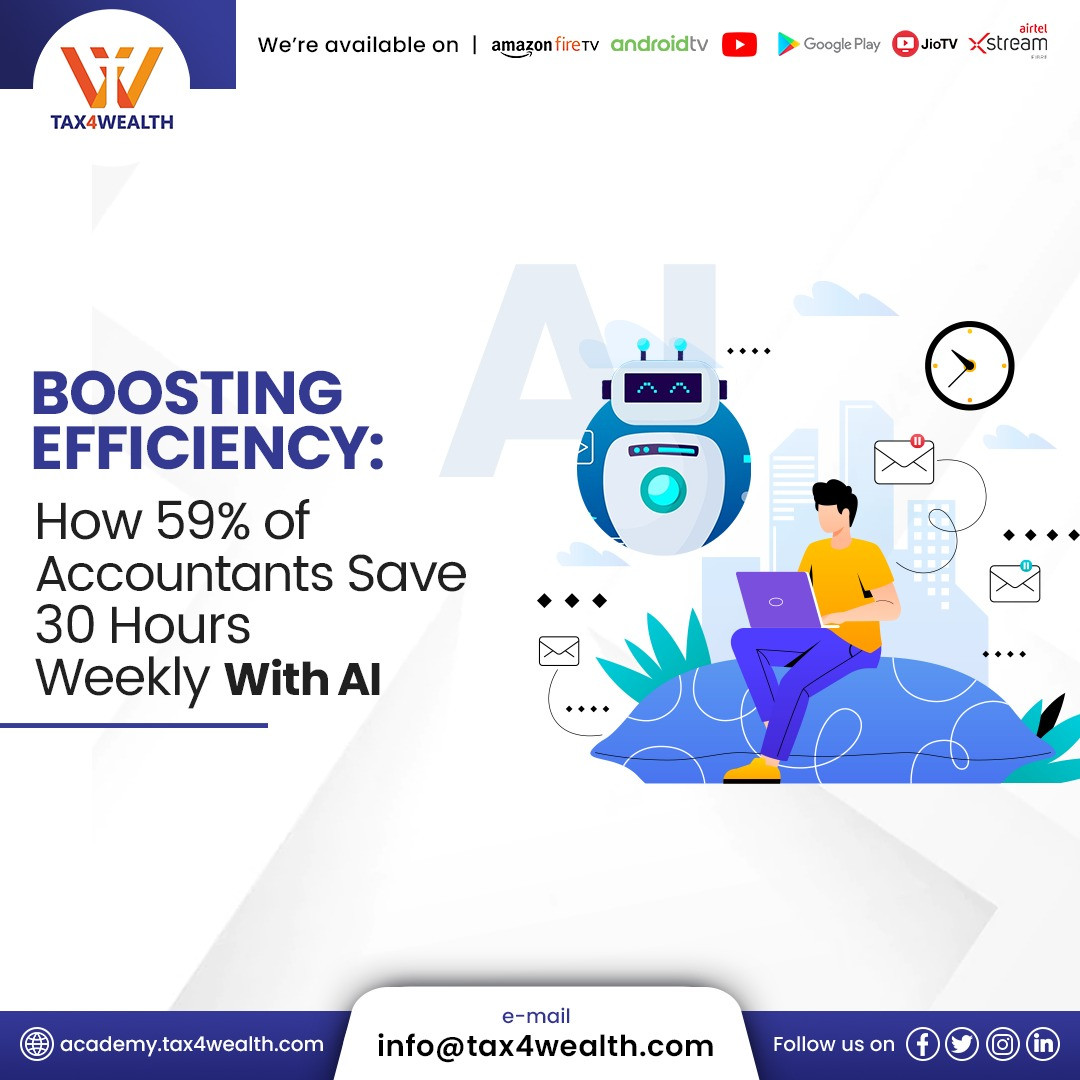
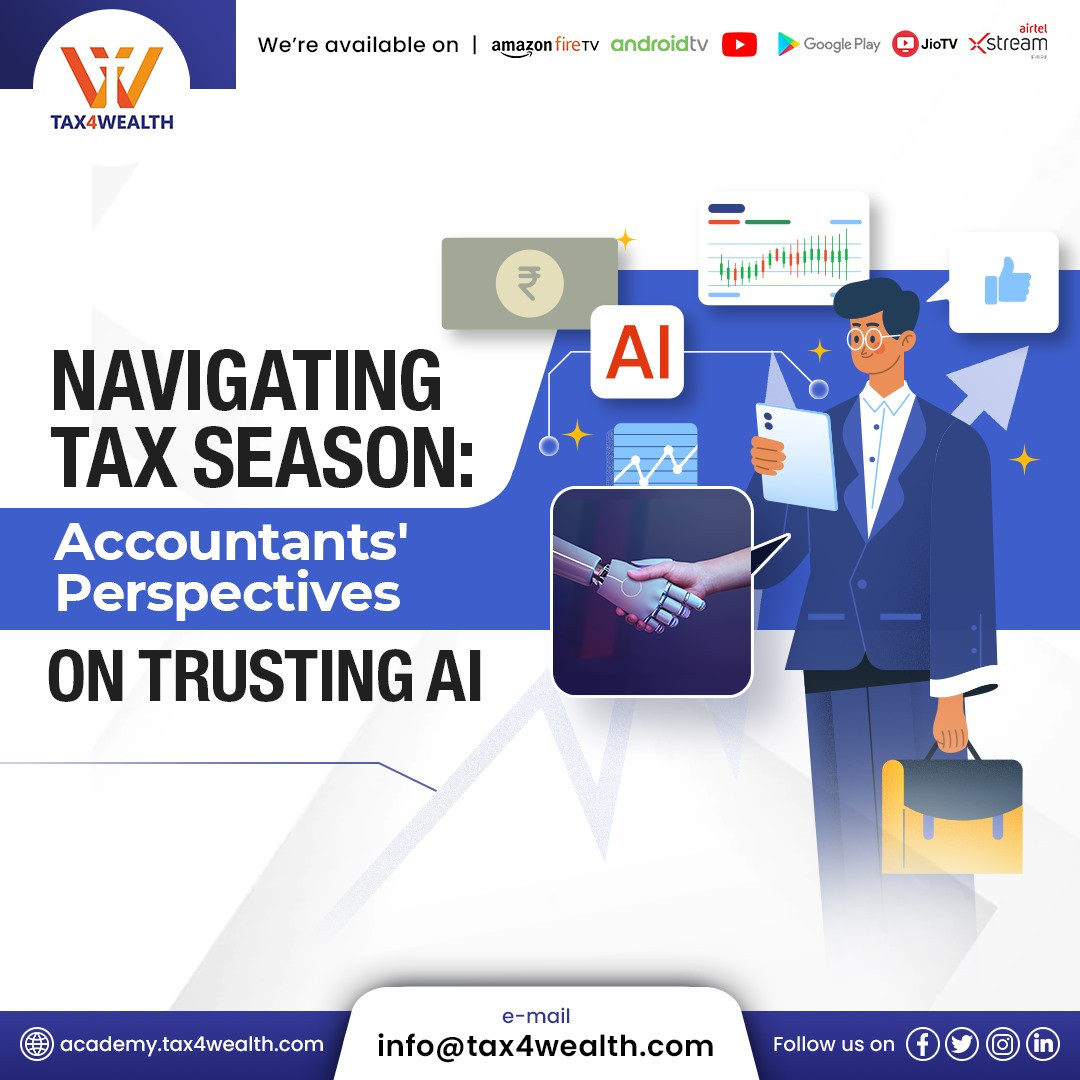

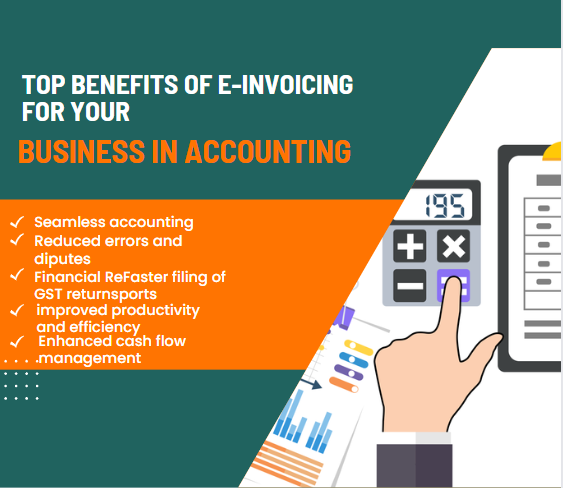
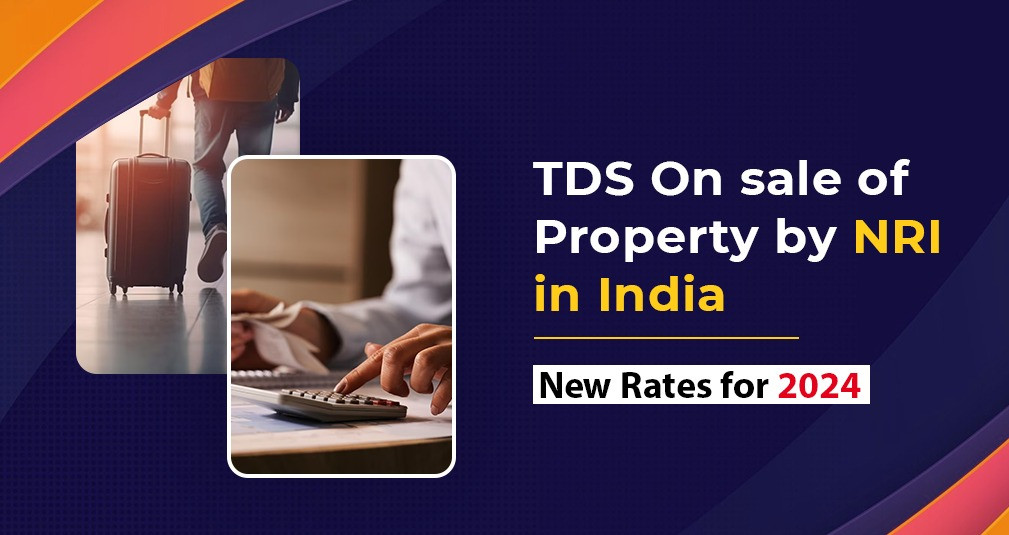




E-invoicing is transforming how businesses handle GST, making compliance faster and error-free. With Invoicera’s e-invoicing software, you can effortlessly generate and manage e-invoices, track them in real-time, and enjoy automated tax filing. It’s a game-changer for businesses looking to streamline their invoicing and reduce audit risks!